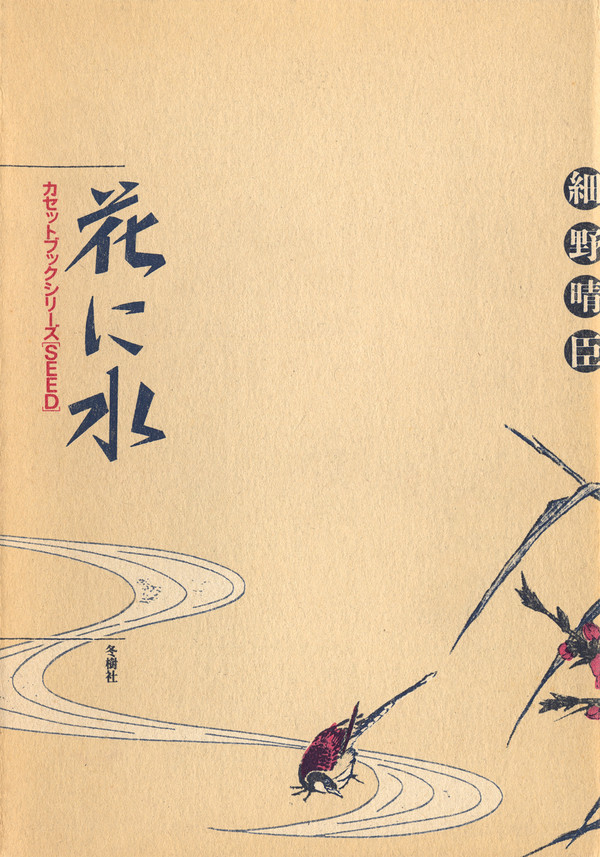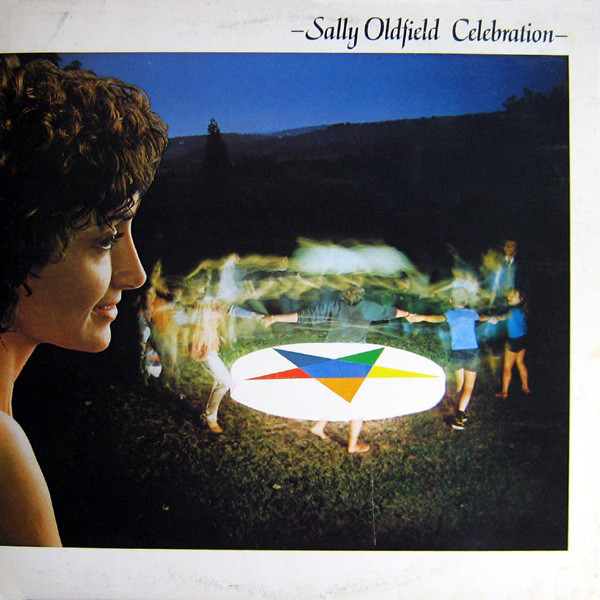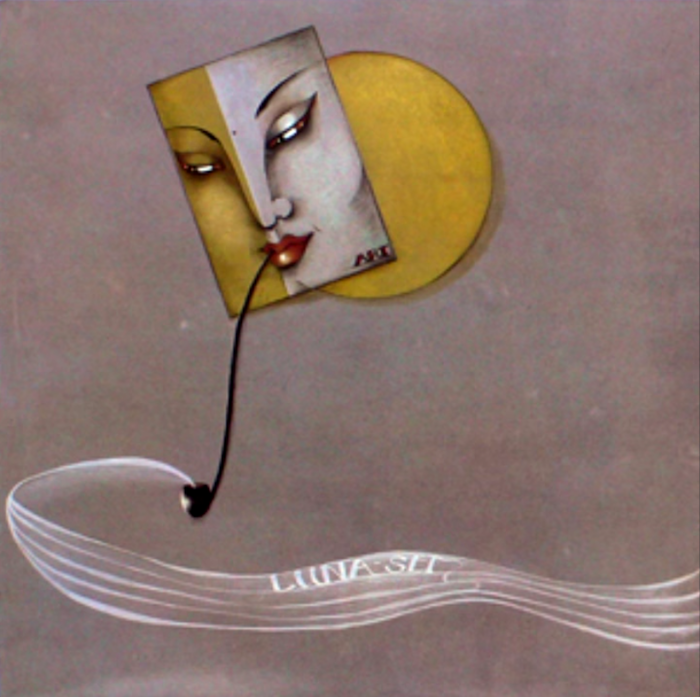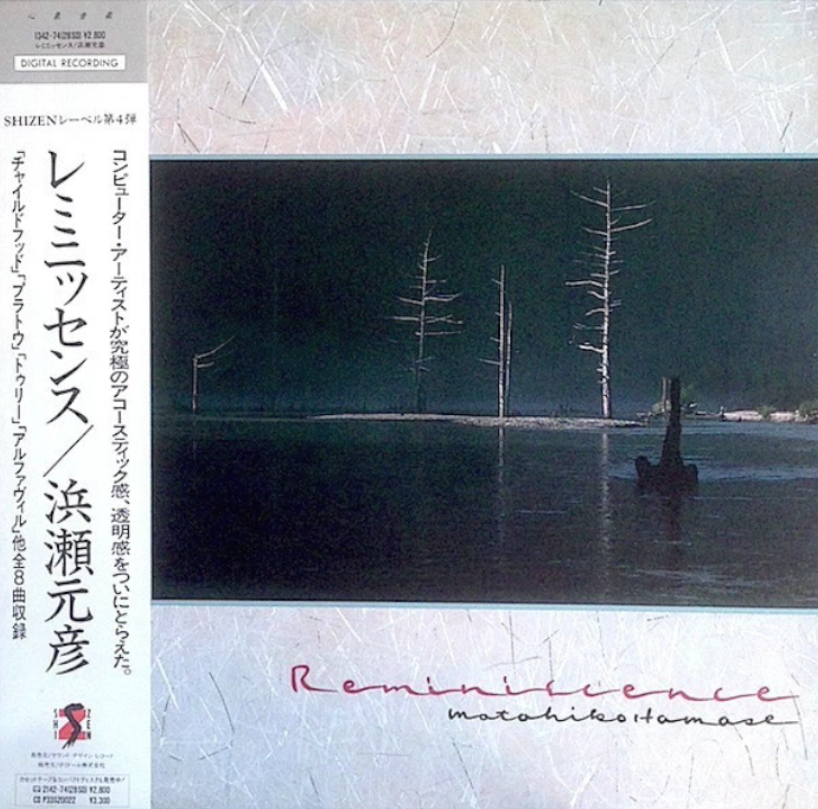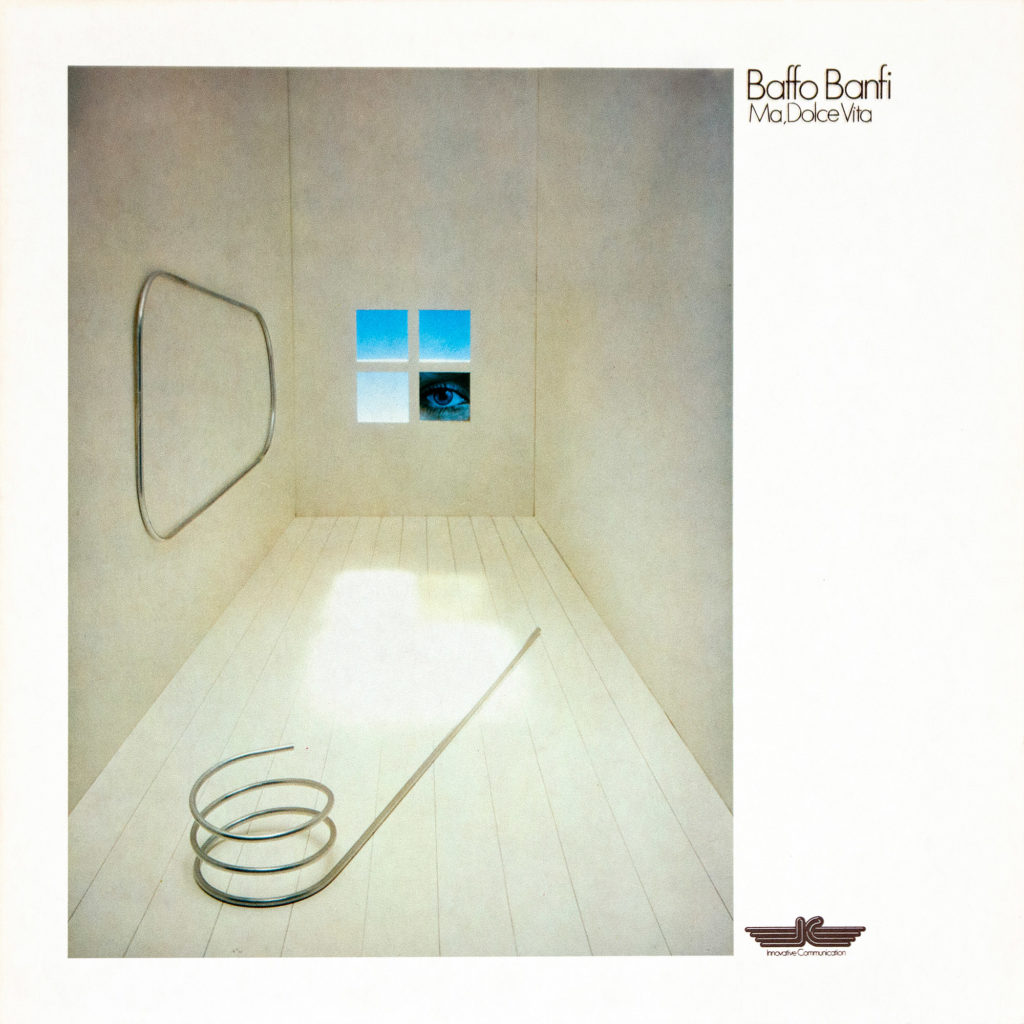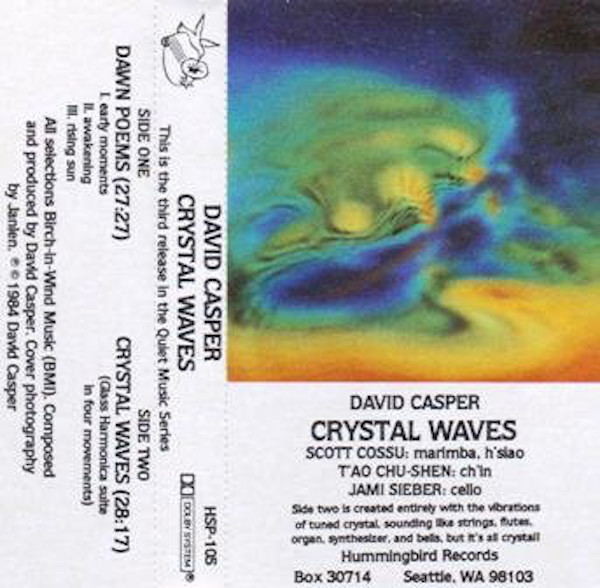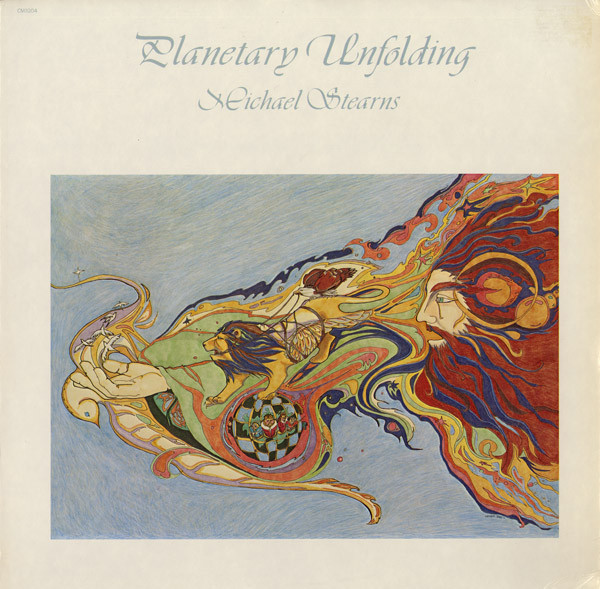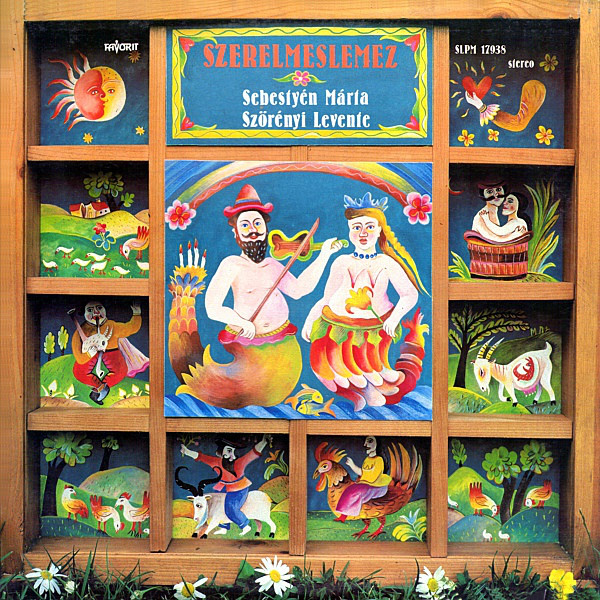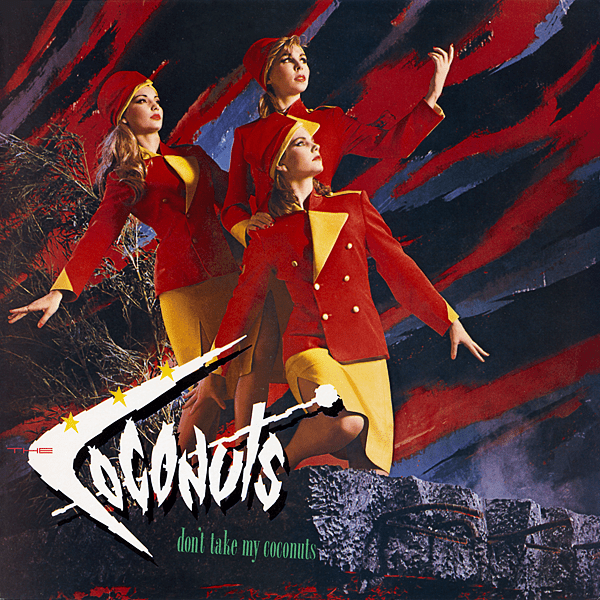
This endless, drizzly winter has put me in a major early choral music rut, and it’s been so good that I almost don’t want the sun to come out. If you’ve never stomped around slushy Brooklyn subway stations in too many layers listening to this stuff in headphones, I’d highly recommend it–it’s a very easy way to lend some potent saintly gravitas to whatever you’re doing and thinking about, however trivial. Along the way, I’ve decided that Spanish Counter-Reformation composer and priest Tomás Luis de Victoria’s requiem, written in 1605, is one of my favorites.
I will say that because this was written right along the outer edges of what’s defined as “early music,” it shows a lot of early baroque tendencies, which is to say that it’s lacking the stark, alien-sounding movements of really early polyphony, like Pérotin. This Requiem is more along the lines of the traditional, baroque kind of prettiness that sounds pretty familiar to 2018 ears. I don’t think that’s at all a bad thing, but if you’re after more brutal, ascetic medievalism, this isn’t it. This is gorgeous, gut-wrenching, deeply pleasurable harmonies all the way. It’s remarkably versatile, too–if you want to make whatever you’re doing at home feel very important and beautiful (reading! writing! washing dishes! brushing your dog!), pop this on. You won’t regret it.
Note that the first ten tracks are Victoria’s Requiem in its entirety, and the last track, “Versa Est In Iuctum,” was written by Alonso Lobo, one of Victoria’s contemporaries. For more early sacred choral music, including more work by always great Tallis Scholars, see here, here, here, here, and here.
